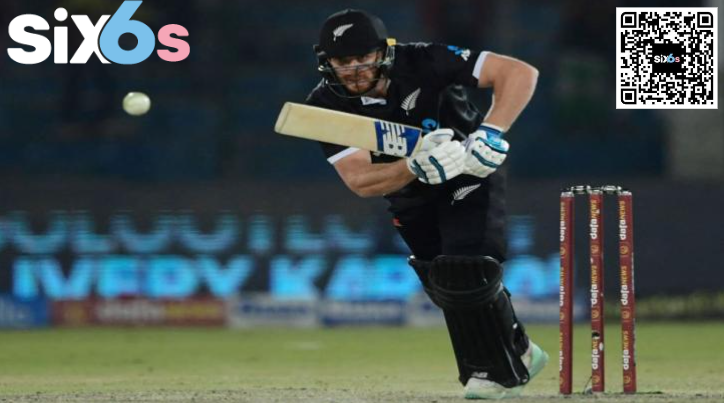Return on investment (ROI) is a measure of how much money a team makes from its investment in cricket. It is calculated by dividing the team’s profit by its investment.

In the world of cricket, there are a number of teams and franchises that have achieved a high ROI. These teams have been able to do so by investing in good players, marketing and sponsorships, and managing their finances wisely.
The Top 5 Cricket Teams or Franchises with the Highest ROI
Here are the top 5 cricket teams or franchises with the highest ROI:
Mumbai Indians:
Mumbai Indians are the most successful team in the Indian Premier League (IPL), having won the title 5 times. They are also one of the most popular teams in the IPL, with a large fan base. Mumbai Indians have been able to achieve a high ROI by investing in good players, such as Rohit Sharma, Virat Kohli, and Jasprit Bumrah. They have also been successful in marketing and sponsorships, and they have a strong financial foundation.
Chennai Super Kings:
Chennai Super Kings are the second most successful team in the IPL, having won the title 4 times. They are also one of the most popular teams in the IPL, with a large fan base. Chennai Super Kings have been able to achieve a high ROI by investing in good players, such as MS Dhoni, Suresh Raina, and Ravindra Jadeja. They have also been successful in marketing and sponsorships, and they have a strong financial foundation.
Kolkata Knight Riders:
Kolkata Knight Riders are the third most successful team in the IPL, having won the title 2 times. They are also one of the most popular teams in the IPL, with a large fan base. Kolkata Knight Riders have been able to achieve a high ROI by investing in good players, such as Gautam Gambhir, Sunil Narine, and Andre Russell. They have also been successful in marketing and sponsorships, and they have a strong financial foundation.
Royal Challengers Bangalore:
Royal Challengers Bangalore are one of the most popular teams in the IPL, but they have yet to win the title. However, they have been able to achieve a high ROI by investing in good players, such as Virat Kohli, AB de Villiers, and Chris Gayle. They have also been successful in marketing and sponsorships, and they have a strong financial foundation.
Delhi Capitals:
Delhi Capitals are a relatively new team in the IPL, but they have quickly become one of the most popular teams. They have also been successful in achieving a high ROI by investing in good players, such as Shreyas Iyer, Rishabh Pant, and Kagiso Rabada. They have also been successful in marketing and sponsorships, and they have a strong financial foundation.
Factors that Affect ROI in Cricket
The ROI of a cricket team can be affected by a number of factors, including:
The team’s performance:
The better the team performs, the more money it is likely to make from cricket. This is because a successful team will attract more fans, which will lead to increased ticket sales, sponsorships, and merchandise revenue.
The team’s marketing and sponsorships:
A well-marketed team with good sponsorship deals is likely to make more money from cricket. This is because sponsors are more likely to be interested in teams that have a large fan base and a positive reputation.
The team’s finances:
A team with a good financial foundation is likely to be able to invest more in cricket and achieve a higher ROI. This is because they will have the resources to pay for good players, coaches, and facilities.
The popularity of cricket:
The popularity of cricket in a particular country or region can also affect the ROI of a cricket team. In countries where cricket is very popular, teams are likely to make more money from ticket sales, sponsorships, and merchandise.
The competition:
The level of competition in a cricket league can also affect the ROI of a team. In leagues where there are a few strong teams, it will be more difficult for any one team to achieve a high ROI.
The team’s management:
The quality of the team’s management can also affect its ROI. A well-managed team is more likely to make sound financial decisions and make
